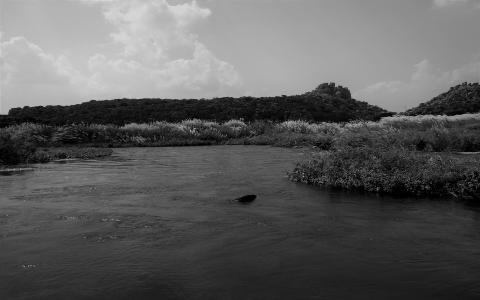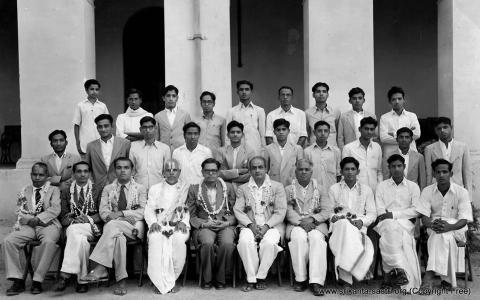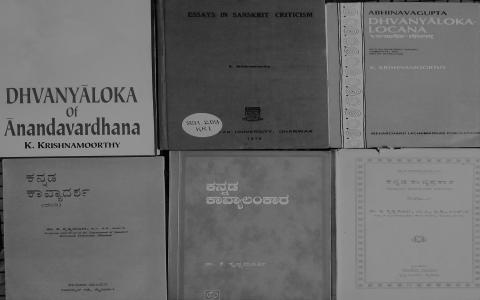February 2022

Early next morning, the three men began their journey. After travelling for several hours, they came by a pond and rested there until the sun went down. At night, as the stars began to dot the night sky, they climbed up a tree on the shore and sat down on one of the branches. After a little while, they witnessed something miraculous. From the depths of the pond arose a man. From his mouth, he pulled out a woman and then a bed. As the three men...

Lockwood and Bhat in their introduction (page 10) use this conversation where Parivrājaka punishes Śāṇḍilya as an example to prove that Parivrājaka himself isn’t on par with the standards he had set earlier. And this alone would prove that Parivrājaka isn’t a true ascetic. They also say that by such an assumption, the play becomes more entertaining since everything Parivrājaka utters would be hypocritical. While there seems to be a contradiction...

Just to illustrate with an example, let us take his paper titled, ‘A Note on the Date of Śaṃkara,’ which was published in The Quarterly Journal of the Mythic Society.[1] The thesis is that Śaṅkara lived in the latter half of the sixth century and the former half of the seventh century CE, long before the destruction of Pāṭalīputra and Srughna.
Sastri begins with references to kings in Śaṅkara’s Brahma-sūtra-bhāṣyam and his Chāndogyopaniṣad-...

Note: This is the transcript of a lecture delivered under the auspices of Gokhale Institute of Public Affairs and Prekshaa Pratishtana, as part of a lecture series titled Exemplars of Indian Wisdom from Karnataka.
I offer my heartiest greetings to everyone present here. As a student of Sanskrit literature and Indian aesthetics, I feel elated to speak on the life and works of K Krishnamoorthy. I owe my knowledge of aesthetics entirely to...
- « first
- ‹ previous
- 1
- 2
- 3
